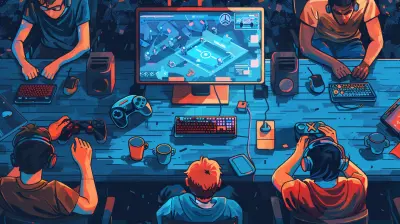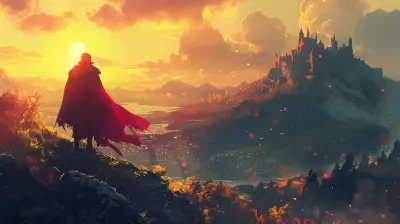Downloadable Content and Player Expectations: A Delicate Balance
24 July 2025
Gaming has come a long way since the days of cartridges and CDs. Today, you can boot up your console or PC and instantly access new features, maps, characters, or story expansions through something we all now know as Downloadable Content—aka DLC. But as convenient and exciting as DLC can be, it also brings a unique challenge that developers and publishers constantly wrestle with: living up to player expectations. Sounds simple, right? Not quite.
DLC can make or break a game’s reputation. Players expect value, transparency, and respect for the time and money they invest. Meanwhile, developers face the pressure of keeping their game relevant and profitable after launch. So how do you strike the right balance?
Let’s dive into the world of downloadable content and dissect what it really means to keep players happy while still meeting business goals.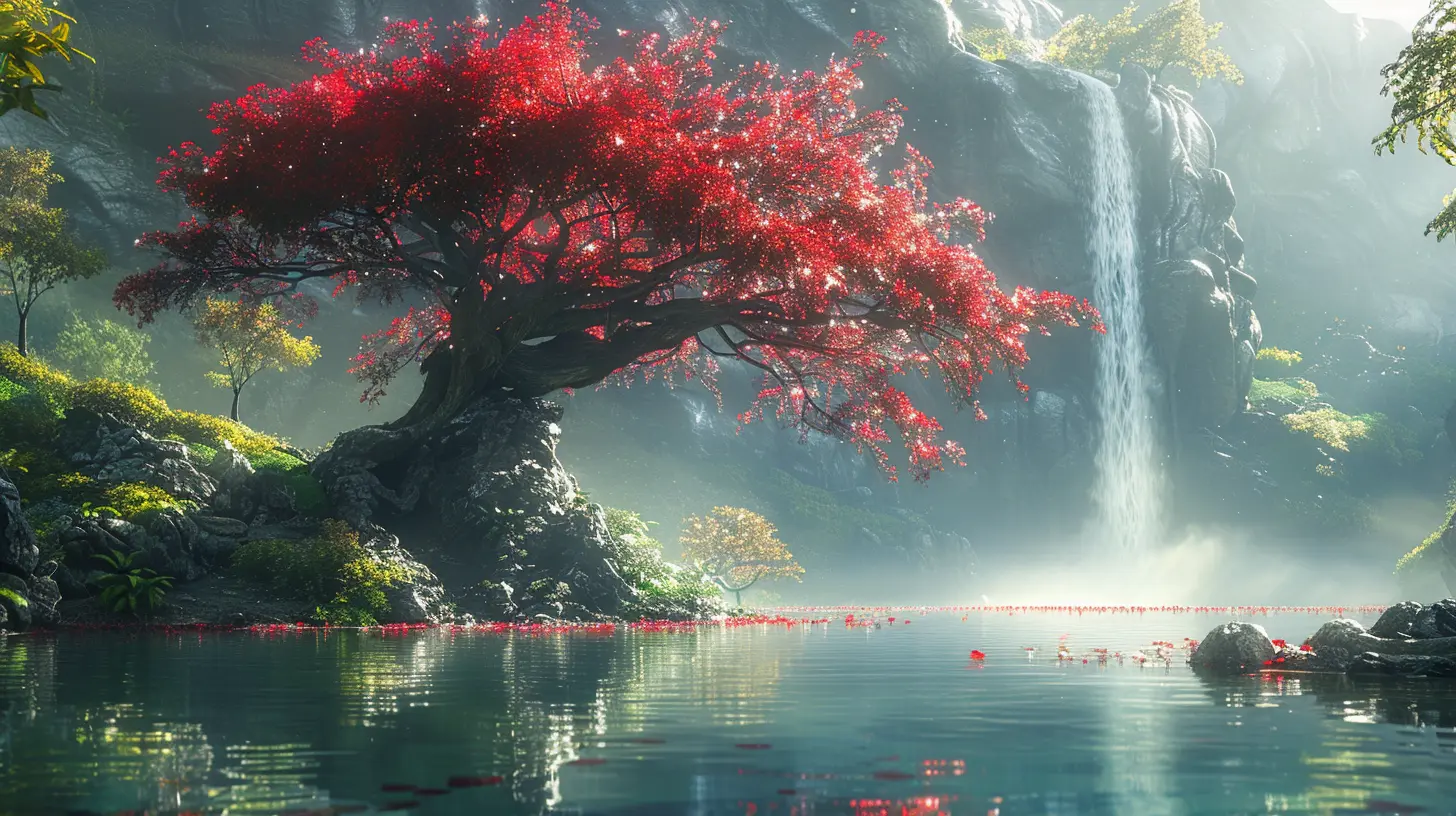
What Is DLC, Really?
At its core, downloadable content (DLC) is any extra content added to a game after its initial release. Think of it like extra toppings on a pizza—it can be as simple as new outfits for your character, or as ambitious as a full-blown new episode in a game’s story.There are all kinds of DLC:
- ✅ Cosmetic skins
- ✅ Map packs or new game modes
- ✅ Story expansions
- ✅ New characters or weapons
Some DLC is free, while others cost money. Simple in theory, right? But in practice, DLC has stirred up a lot of emotions in the gaming community.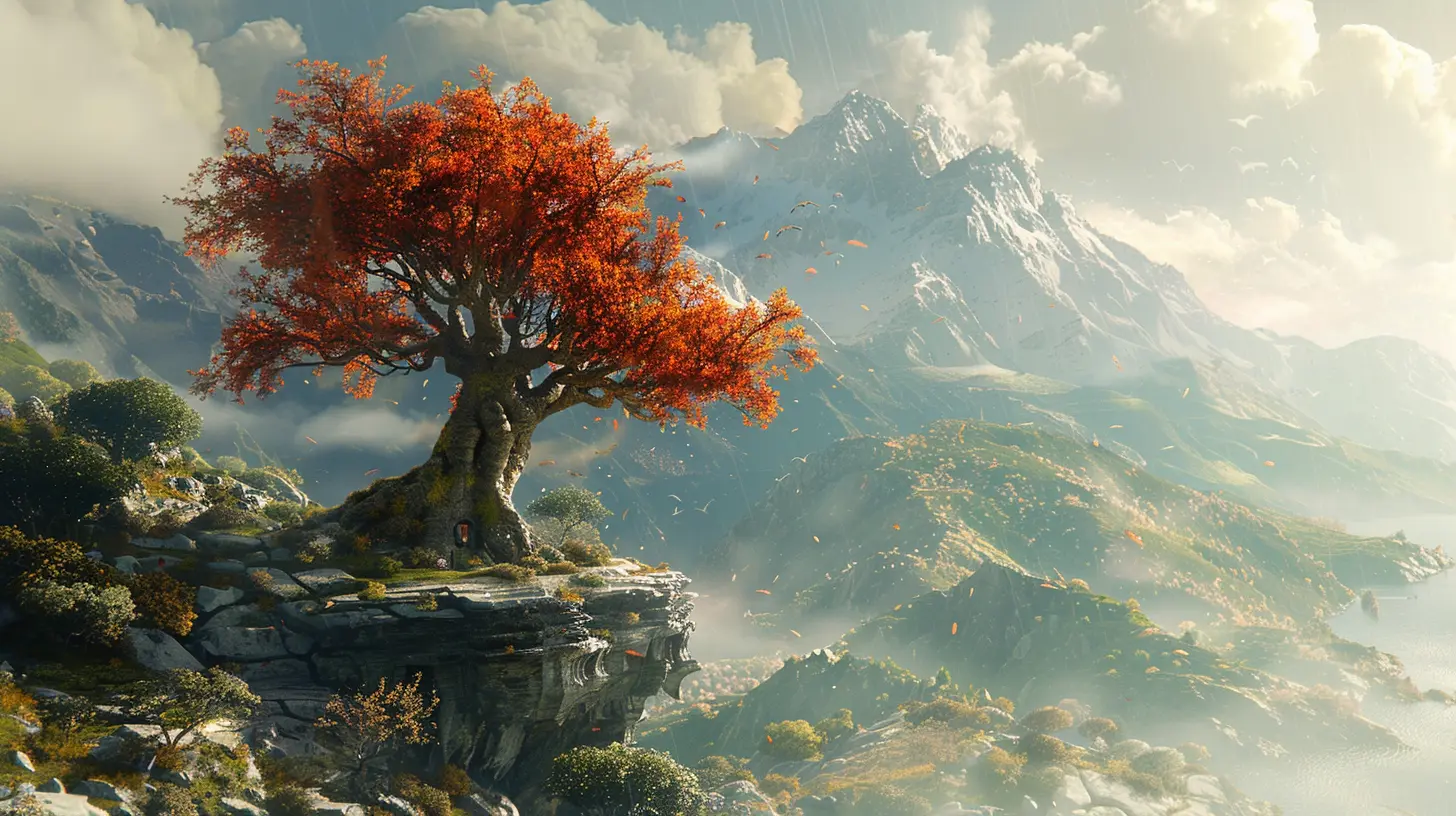
The High Stakes of Player Expectations
Gamers today are more informed than ever. Reviews, YouTube breakdowns, Reddit threads—they know what’s up. Which means their expectations are high, and sometimes, a little unforgiving.When players buy a game, they often factor in the promise—or threat—of future DLC. Will the game feel incomplete unless you get all the extras? Are you paying for content that should’ve been there from the beginning? These are the kinds of questions players are asking.
Let’s be honest: No one wants to feel like they’re being milked for cash.
What we expect from DLC is evolving:
- 🎯 It must add meaningful value
- 🎯 It should not feel like cut content
- 🎯 It must be priced fairly
- 🎯 It should respect the player's time and investment
The "Cut Content" Controversy
One of the biggest gripes players have with DLC is when it seems like the content was deliberately sliced from the main game to be sold later. You know the feeling—you finish a game and it leaves you thinking, “Wait, that’s it?”When this happens, it feels less like downloadable “extra” content and more like downloadable “withheld” content.
This issue blew up with several big-name titles over the years. A particularly infamous example was the on-disc DLC trend. That’s when players found out the "downloadable" content was already on their game disc and the download was just a tiny unlock file. Not cool.
This kind of move undermines trust, and once trust is gone, it's tough to win gamers back.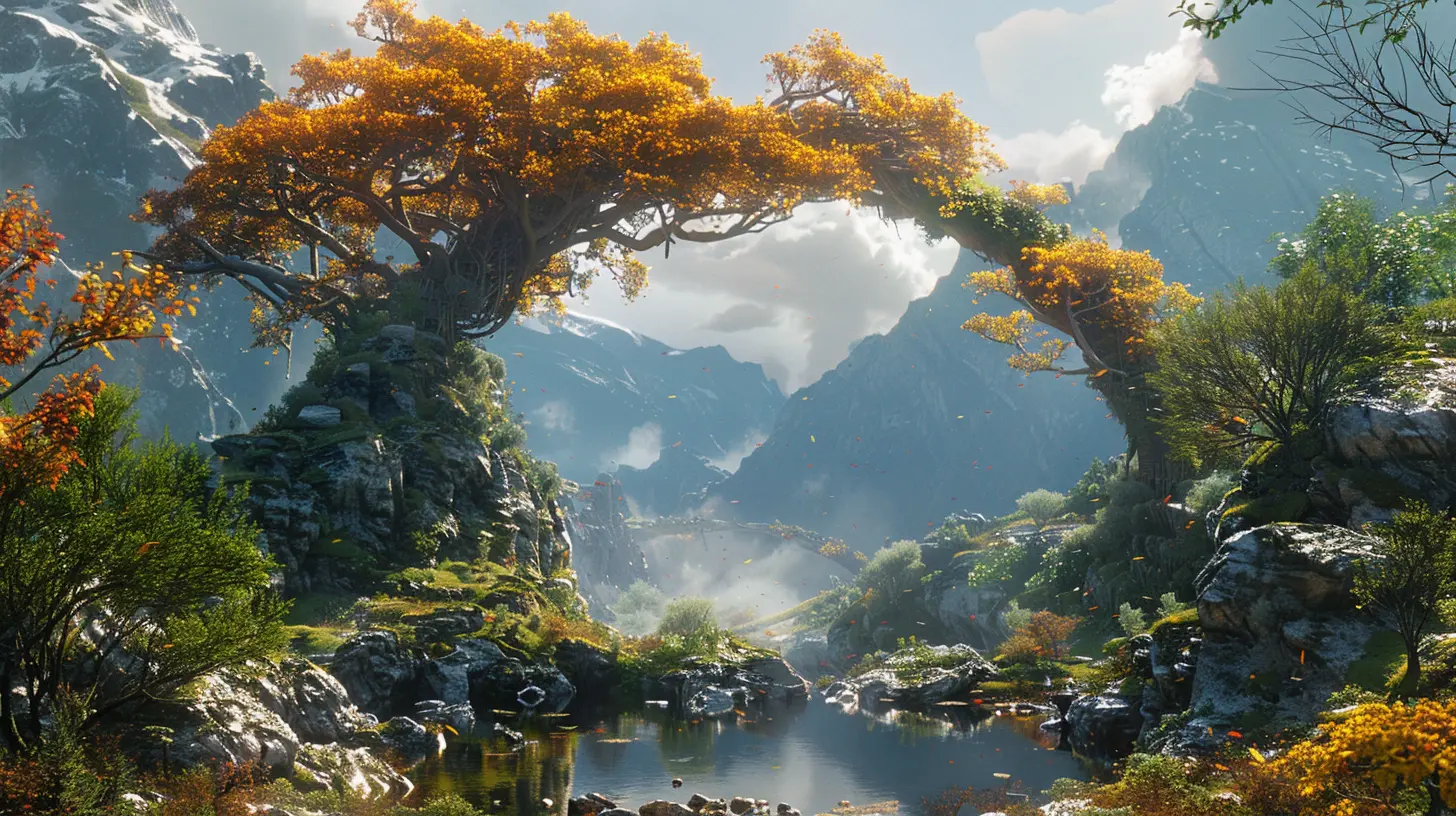
The Rise of Live Service Games
Now, let’s talk about the live service model. Games like Fortnite, Destiny 2, and Apex Legends live and breathe on constant updates. DLC in these cases is more than an add-on—it’s a business model.These games offer:
- Seasonal passes
- Daily/weekly challenges
- Timed events
- Cosmetic shops
The goal? Keep players engaged long-term. And for the most part, it works. But there’s a thin line between engaging and exhausting.
Ever feel like a game becomes a second job? That’s the dark side of overloading players with constant content drops. If every week there’s a limited-time item to grind for, it begins to feel more like FOMO than fun.
Balance is everything. Provide enough new content to keep things fresh, but not so much that players burn out or feel pressured to constantly log in.
Free vs Paid DLC – What’s The Difference to Players?
Money talks. And when it comes to DLC, players are especially vocal about what they’re getting for their cash—or lack thereof.Some games have nailed the balance by offering both:
- Free DLC that expands the game for all players (good for community health)
- Paid DLC that offers deeper content for those who want more (good for revenue)
Games like The Witcher 3 handled this beautifully. CD Projekt Red gave away 16 pieces of free DLC and followed up with two massive paid expansions that felt like full games on their own. That’s value, and fans loved it.
Compare that to games where DLC is just overpriced cosmetic fluff, and you’ll quickly see why players get frustrated.
The Importance of Transparency
This can’t be stressed enough: be honest with your players.If a game will have future DLC, let people know upfront. Share a clear roadmap if you have one. If the DLC is optional and won’t affect the main game, say that too. Just be real.
Gamers don't expect every studio to be perfect, but they do appreciate honesty. When devs are transparent, even disappointing news is easier to swallow. Radio silence? That only makes speculation—and often, misinformation—run wild.
DLC Pricing: When Does It Cross the Line?
Pricing is one of the most sensitive parts of the DLC conversation. We’ve seen everything from $1 horse armor (yes, really) to $60 season passes that double the game’s total price.So where do players draw the line?
Generally, players are okay with:
- Paying for substantial expansions
- Supporting devs for meaningful content
- Buying cosmetics in free-to-play games
But they hate:
- Overpriced content
- Microtransactions in full-priced games
- Pay-to-win mechanics
Context matters, too. A $5 skin in a free game? Fine. But that same skin in a $70 game? Not so much.
Community Mods vs. Paid DLC
Here’s another interesting angle: mods. PC gamers have been living in a world of free user-created content for decades. From new maps to total game overhauls, mods often rival—or surpass—official DLC in creativity and depth.So when developers charge players for content that feels like something a modder might give away for fun, there’s bound to be backlash.
Bethesda's Creation Club stirred this pot hard. While some saw it as a way to support quality modders, others viewed it as a blatant cash grab.
Moral of the story? If you’re going to charge for DLC, make sure it offers something players can’t get elsewhere. Otherwise, you're just competing with free.
Player Empowerment Through Choice
One of the best ways to keep the balance right? Give players choices.Offer DLC à la carte. Make season passes optional. Allow older content to be earned through grinding, not just by paying. The more freedom players have, the more empowered they feel.
And guess what? Empowered players are happy players. And happy players keep coming back.
Communication Is Key
Want to know a game developer’s secret weapon in the DLC battle? Communication.Regular updates, community polls, developer diaries—these tools go a long way in making players feel heard. When players feel like their feedback matters, they’re much more forgiving when things go wrong.
Plus, it builds a community. And in the modern gaming landscape, community is everything.
Striking the Right Balance: Best Practices
So, what does it take to find that delicate balance between DLC and expectations? Here are a few golden rules:- 🛠 Make the base game complete and satisfying on its own
- 🎁 Offer free updates that keep the community engaged
- 💰 Save paid DLC for content that's truly expansive or cosmetic
- 🧾 Be transparent about what’s coming and what it costs
- 📣 Communicate with your player base regularly
- 🎮 Respect the player’s time, wallet, and intelligence
Follow these, and not only will your DLC succeed—you’ll build trust.
Wrapping It Up: DLC Is Here to Stay
Love it or hate it, downloadable content isn’t going anywhere. It’s a powerful tool that can breathe new life into games, extend their lifespan, and fund future development.But like any tool, it has to be used wisely. Nail the balance, and you earn loyal fans for life. Swing too far in one direction, and you risk losing them forever.
As a player, your voice matters. Support DLC that gets it right. Speak up when it doesn’t. Developers are listening—at least the smart ones are.
And if you’re a developer? Walk that tightrope carefully. Because when it comes to DLC and expectations, it’s a delicate dance… but one worth mastering.
all images in this post were generated using AI tools
Category:
Downloadable ContentAuthor:

Emery Larsen
Discussion
rate this article
2 comments
Finn Willis
Great insights on DLC and player balance!
November 23, 2025 at 5:59 AM
Brooks Campbell
This article highlights an important aspect of gaming today. Balancing player expectations with DLC offerings can be challenging. It’s crucial for developers to listen to their community and foster understanding. Empathy in this space can lead to healthier relationships between creators and players, enriching the gaming experience.
August 2, 2025 at 2:47 PM

Emery Larsen
Thank you for your thoughtful comment! I completely agree—balancing player expectations with DLC is key, and fostering communication can enhance both gameplay and community relationships.
